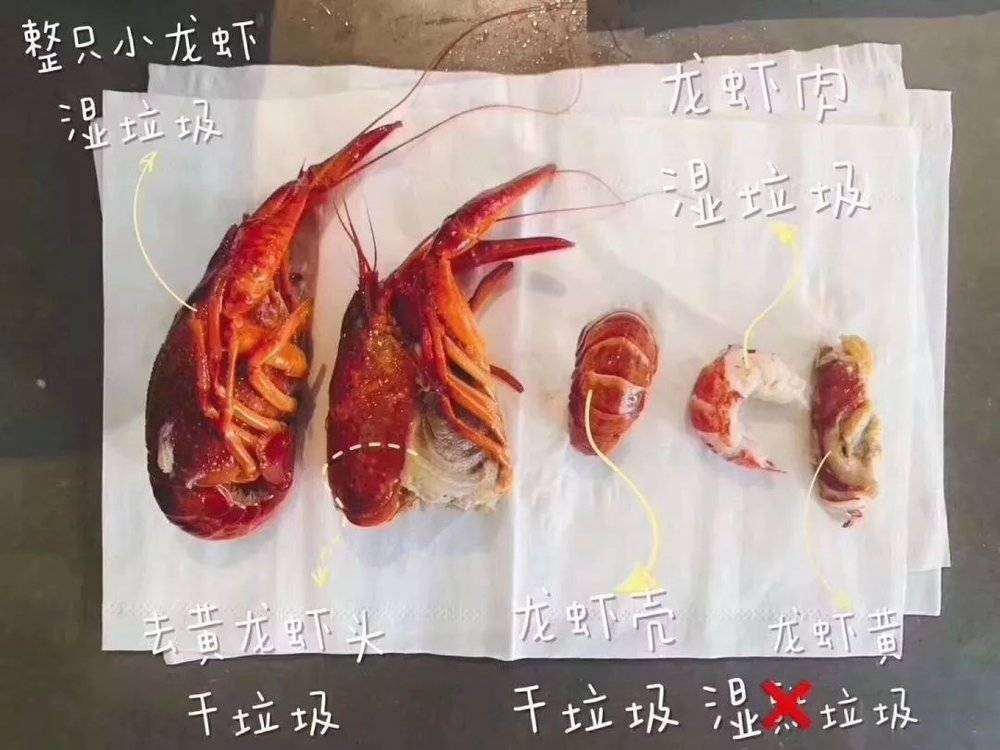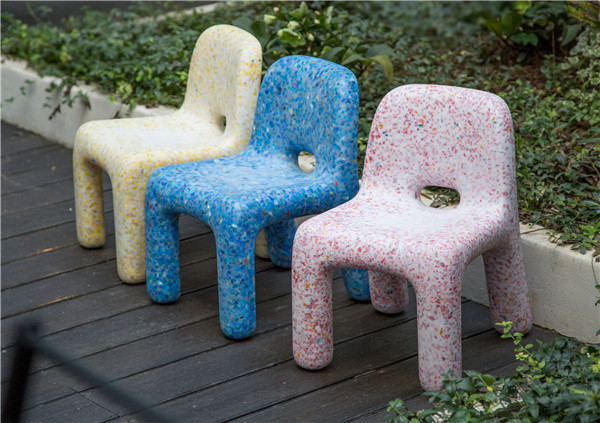Garbage sorting starts with me...

If the "garbage ban" in 2018 is only aimed at foreign garbage, then the rejection of foreign garbage by the Philippines and Malaysia is only a "declaration of war" by developing countries against developed countries; then the "Shanghai Municipal Domestic Waste Management Regulations" to be implemented on July 1, 2019 is to "eliminate" local garbage.
"Foreign garbage" is relatively easy to deal with, which is only an external virus invasion; the government's ban and the strict implementation of the customs can overcome the vast majority.
However, "local garbage" is not a regulation that can keep flowers in bloom and see the moon, because it is an internal bacterial infection.
Of course, the use of government decrees to implement garbage classification is an efficient strategy of "quick, accurate and ruthless", which can achieve results in a short period of time; but the habits that have been developed for a long time cannot be "corrected" overnight.
Destiny always pulls the gate when you cry with joy.
There is no doubt whether garbage sorting is necessary.
Far away, the global warming is increasing, and near natural disasters are frequent. Even the seafood we eat in our mouths contains plastic particles, which proves that it is urgent to protect the environment.
As a big garbage producer, our quality still needs to be improved. It is really necessary for us to set an example or two to stand up and make efforts and sacrifices. After keeping "foreign garbage" out of the country, we naturally need to start with "local garbage". Although the choice of Shanghai this time is a bit "radical", the friction, resistance and experience generated during this period can be quickly copied to other cities. Although public opinion is surging, it is not very "friendly" to the citizens of Shanghai, but it seems that it is possible to achieve a "quick cut" move.
After all, the current consensus on "garbage classification" is not Linyuan's envy, nor should it be implemented; but how to implement "garbage classification" is the most effective?

(1)
Simplify garbage classification?
○
According to the network, the "classification map of crayfish's afteraffairs" map
We have completed the feat of not landing garbage in more than ten years, but we are a little uncertain about garbage classification.
The biggest reason is not the fear of "mixed investment" of garbage, but the surprise of garbage classification standards. In case my aunt asked me what kind of garbage I was, I got the wrong answer or couldn't answer it, wouldn't it be embarrassing!
You know, Shanghai had six sets of standards for garbage classification before 2014. It was not until January this year that the "Regulations of Shanghai Municipality on the Management of Domestic Waste" were unified into: dry waste, wet waste, recyclable and hazardous waste.
The standard has been decided at least, but the standard content is a bit "anti-common sense": pig bones are different from chicken bones, leaves are different from rice dumplings, walnut shells are different from peanut shells; Moreover, there is a huge gap between a single item and composite garbage......

Unified standards are indeed beneficial to post-processing, but a set of standards is not suitable for all scenarios; only a simpler, pressure-free and avant-garde classification method in the current scenario can be unimpeded.
It is an analogy that office buildings and shopping malls rarely have wet garbage and harmful garbage; vegetable markets and restaurants rarely have recyclables and harmful garbage; under different scenarios, we should classify them differently according to the habits of the people under the ecological scenario, so as to help the garbage classification system operate more efficiently.
In this process, designers help to discover the "basic needs classification" of the current scene, and "redesign" the trash can to turn garbage delivery into a higher quality experience.

②
Moderate garbage packaging?
○
Professor of Fudan University Law School commented: While legislating for garbage classification, he allowed excessive packaging. Packing 120 grams of tea with 2.5 kilograms of redundancy is just a joke.
Although this example is a bit extreme, it also reflects the most serious problem of garbage classification from the side: garbage is not generated by the subjective wishes of users, but is consciously produced by businesses; and the reason why businesses do this is naturally that the market itself has a problem.
Although consumers have some preferences for grade and exquisite packaging, this trend is largely advertising and is intentionally misled by merchants; instead of focusing on the value of the product itself, merchants pursue "excessive packaging", which is the "culprit" of garbage classification ".

JohannaBr flower packaging of ännström
Do not eradicate the production of garbage from the source, blindly regulate consumers to do a good job of garbage classification, more or less put the cart before the horse.
Of course, consumers can't get away with it. This kind of "morbid" aesthetics itself needs to pay a price.
So, how can we achieve "moderate packaging?
This is naturally our designer's job, only appropriate packaging is moderate packaging.

(3)
Diversification of garbage collection?
○
Garbage classification should not be just a rough division. Instead, it is necessary to distinguish which can be reused, which have recycling value, and which can only be recycled.
For example, there have been some terminals for recycling old bottles in foreign countries for a long time, and there are also terminals in China, but they are not very popular. Only scavengers and cleaners can recycle old bottles.
Another example is some old clothes, old toys and old tools that have not completely lost their functional value, which can be reused by simple washing and repairing. Maybe they have lost their value in the hands of the owner, but they can also be shared and donated to other users, and users can also get some city bonus points or something.


Of course, if the waste itself loses its value for reuse, it can be revitalized after dissolving and reshaping it and changing its posture.
Just like the two designers of "Ecobirdy", Joris Vanbriel and Vanessa Yuan, made a series of children's furniture out of recycled plastic: colorful stools and handicrafts rhinoceros.
If we have a 3D printer that uses melted plastic as "ink" or a three-dimensional pen, plastic is actually a rather magical material.

Although we began to advocate garbage classification as early as 2000, due to the promotion of Buddhism at that time, there were still a few people who were really implementing it.
Until the promulgation of Shanghai's "Regulations" this time, although there are many controversies, as long as we start from these three areas: scene-based garbage classification helps users to form habits, moderate packaging to intercept the flow from the source, and make recyclable garbage glow again.
Although there will be a little pain, it can help us move towards a "poor" society faster.
PS:
The header diagram comes from the Behance author @ Antonio Hitos
Part of the material comes from @ Tiger Smell @ Design Fever
The copyright of this work belongs to 何鲸洛. No use is allowed without explicit permission from owner.

New user?Create an account
Log In Reset your password.
Account existed?Log In
Read and agree to the User Agreement Terms of Use.

Please enter your email to reset your password
As a result, consumers still pay the bill.
Positive energy
Work in three directions